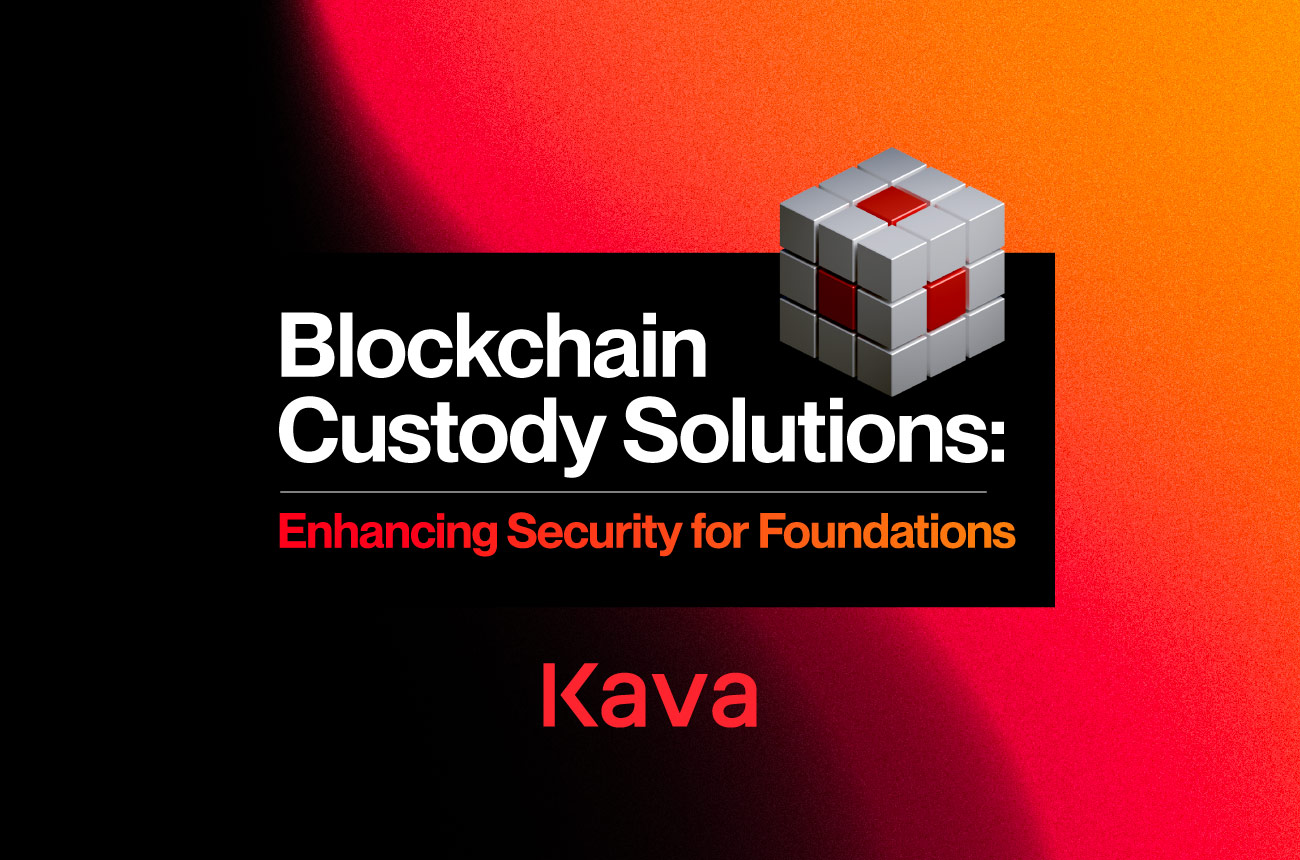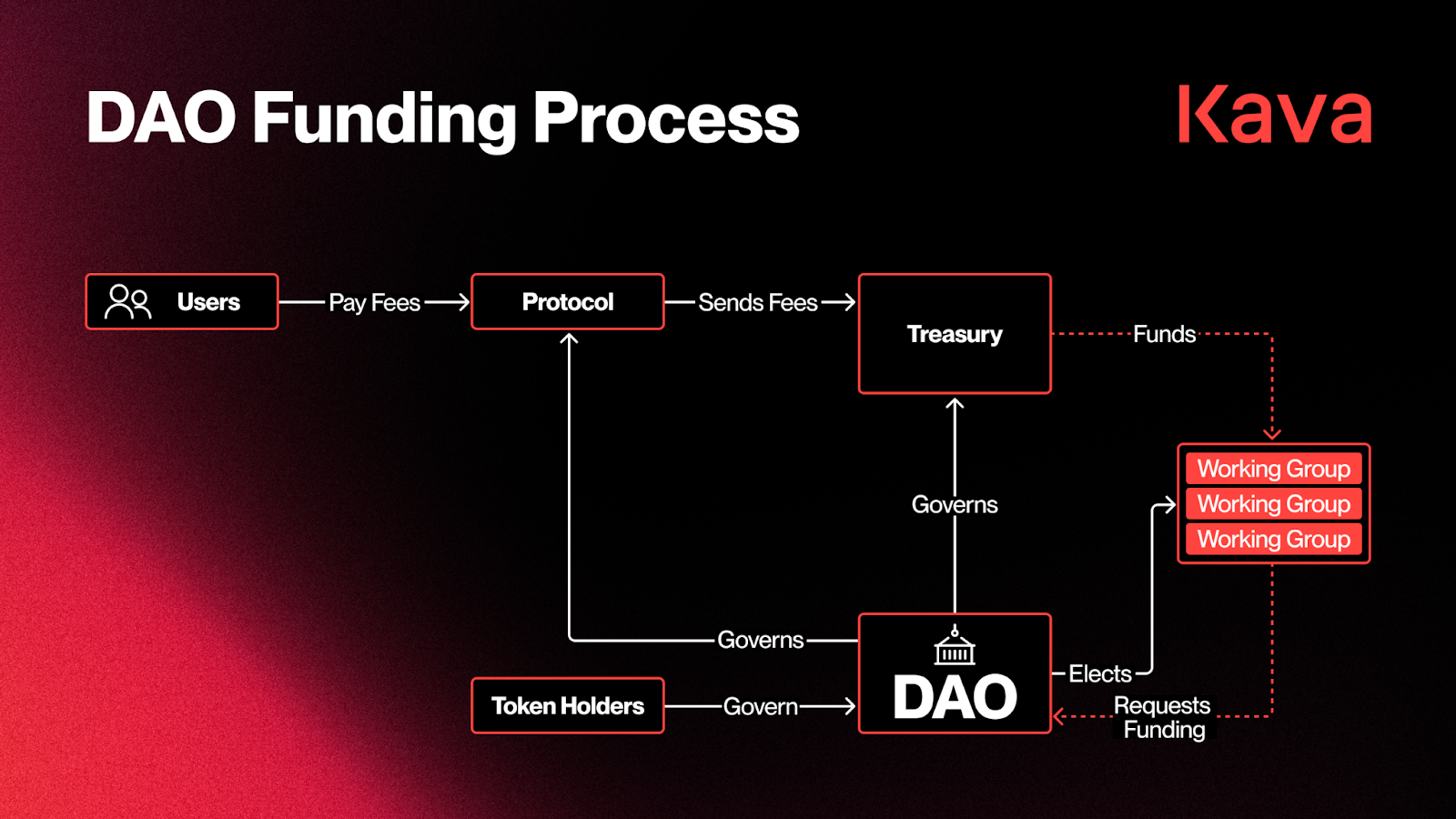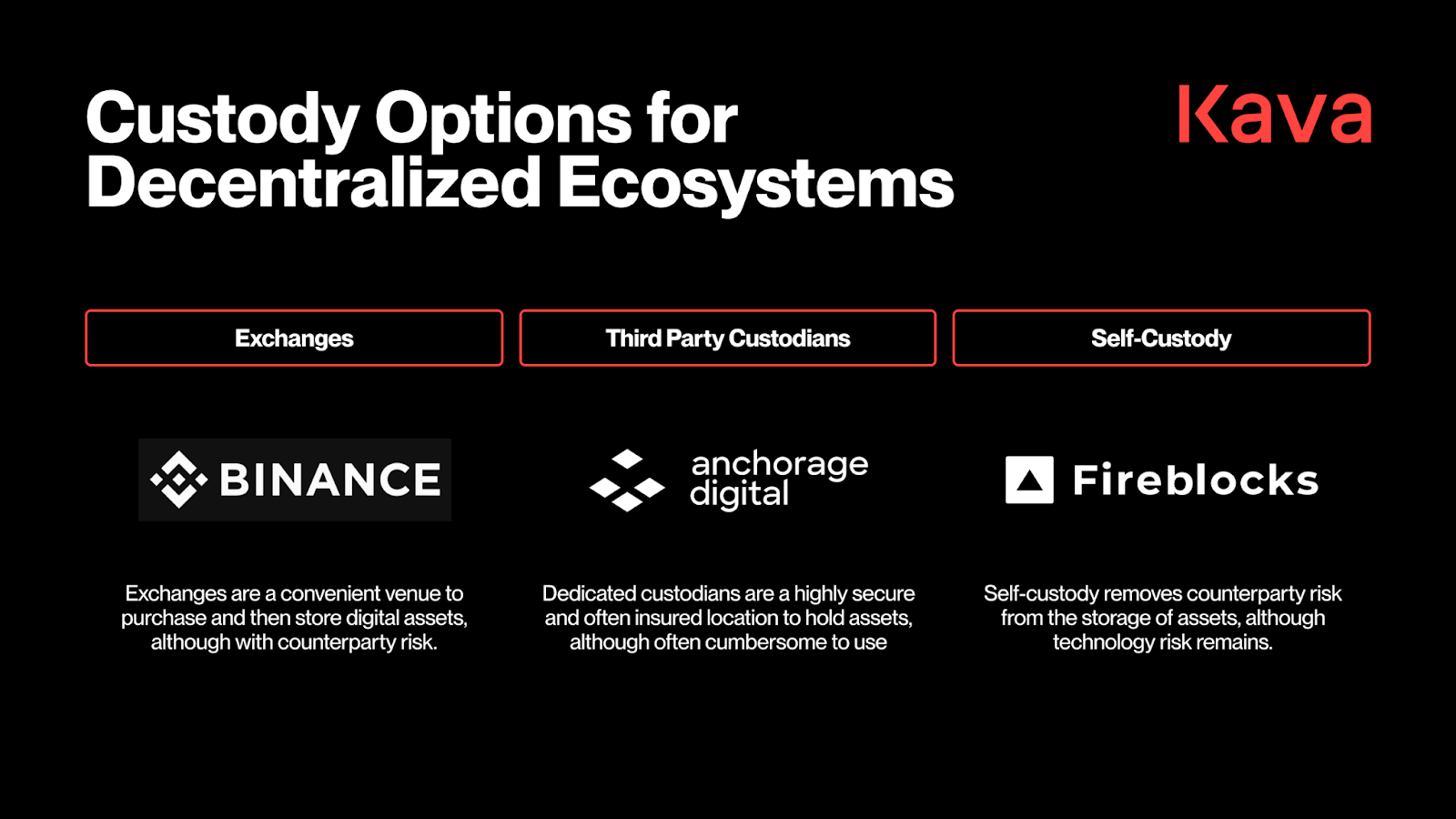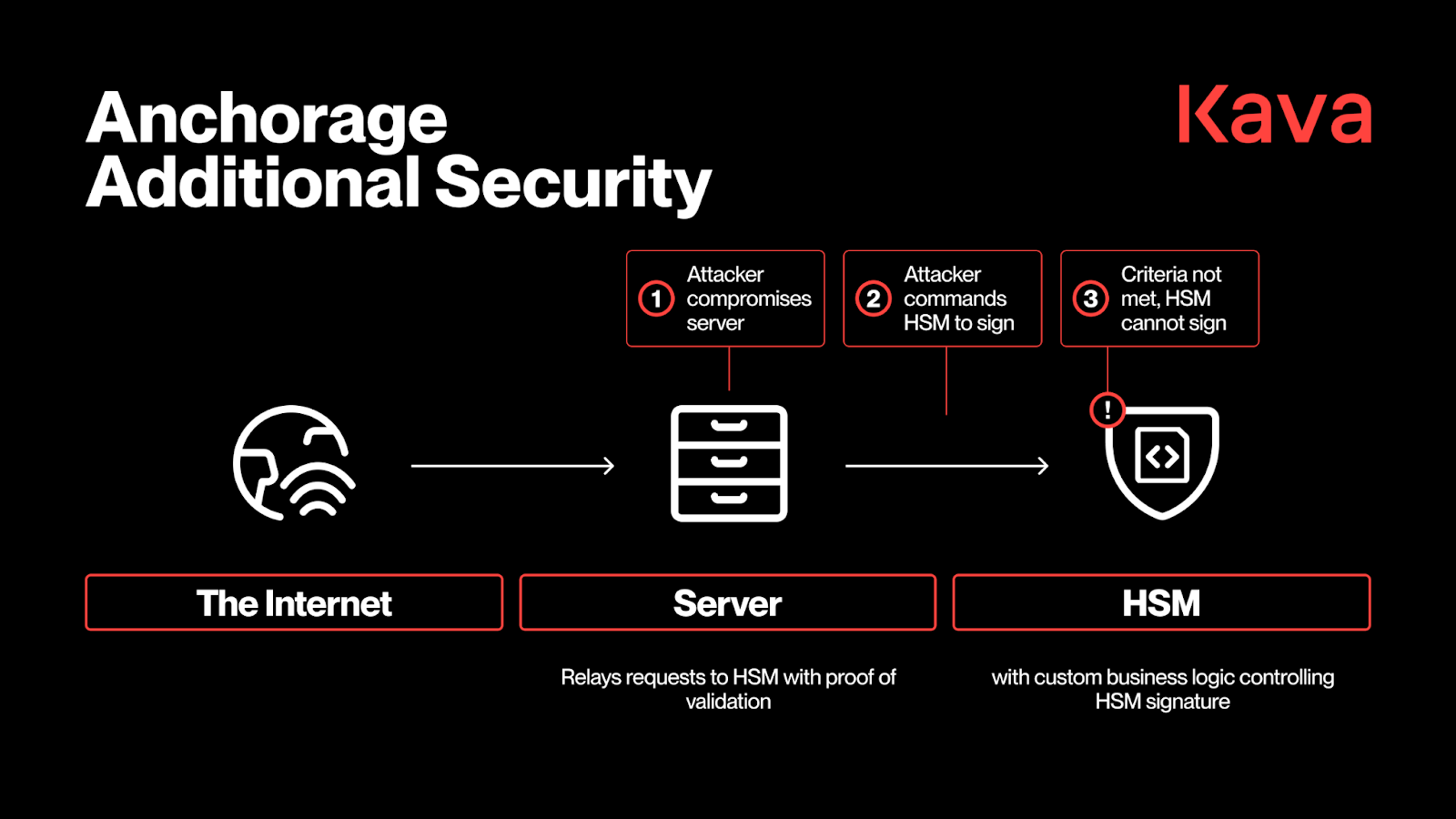Blockchain Custody Solutions: Enhancing Security for Foundations

Blockchain technology is in a continual state of progression, constantly building upon earlier iterations and use cases. Each cycle brings with it new norms and opportunities. With the large onboarding of institutions this cycle, the custodial nature of collective, decentralized projects like DAOs is evolving to become more aligned with institutional requirements through blockchain foundations.
We have explored the impact that the convergence of AI and blockchain technologies is having on the industry. Blockchain technology has entered a new structural dynamic as a result of this convergence. With this in mind, let’s turn our attention to blockchain custody solutions and how foundations can operate more effectively to address this new chapter of AI-enhanced blockchains.
We will begin by giving a quick overview of the structure of both DAO module wallets and foundations. Then, we’ll examine how foundations can provide a superior alternative to DAOs in terms of operational safeguards, maintaining on-chain governance, Service Level Agreements (SLAs), and better equip blockchain ecosystems for institutional adoption. After, we’ll quickly look at how Fireblocks, Coinbase Custody, and Anchorage Digital are paving the way for foundations before concluding with how foundations may operate in the future.
Foundations and DAO Fundamentals
Understanding the fundamental architecture, dynamics, and roles that foundations and DAOs play can better equip us to understand which style of collective governance is more aligned with modern blockchain technology.
DAO Module Wallet Overview
DAO module wallets are community-managed digital asset storage solutions that are integrated directly into DAOs through smart contracts. These wallets typically employ multisig technology, which requires multiple predetermined signers to approve transactions before they are executed. Community members collectively control them through designated signers and operate without reliance on external custodians or intermediaries. Notable DAO wallet solutions include Gnosis Safe and Aragon.

Blockchain Foundations 101
Blockchain foundations are formal legal entities that are established to support, govern, and advance blockchain protocols and ecosystems. Foundations can manage substantial treasuries containing cryptocurrency and digital assets, which they deploy strategically to fund protocol development, research initiatives, community grants, marketing efforts, and ecosystem growth.
Their legal structure provides institutional legitimacy, allowing foundations to enter into contracts, hire employees, engage regulators, and interact with traditional financial and legal systems. Notable foundations include the Ethereum Foundation, Cardano Foundation, and Solana Foundation.

Advantages of Foundations Over DAOs
DAOs have a long and storied history within the crypto community, dating back to 2016, and continue to play a critical role for organizations seeking to implement direct decentralized solutions for governance and treasury management. Yet, for all their benefits, they have several issues that make them less efficient and secure when compared to blockchain foundations in 2025.
The fundamental distinction lies in legal structure and operational approach. Foundations are recognized legal entities that function within regulatory frameworks, providing liability protection and regulatory compliance. In contrast, DAO module wallets represent purely technological solutions for decentralized treasury management without a formal legal structure.
Operational Safeguards
The legal structure that foundations bring as qualified custodians is one of their biggest draws for ecosystems. To meet the rigorous legal requirements and regulations for qualifying as a trusted custodian, foundations must undergo regular third-party security audits conducted by independent firms specializing in blockchain security.
These requirements often contain exhaustive disaster recovery redundancies that require geographically distributed infrastructure with automated failover systems. These measures help foundations maintain operations in the event of attacks and catastrophic events. Additional comprehensive backup procedures protect against data loss. These operational safeguards create a resiliency that allows foundations to focus on core ecosystem growth and activities rather than constantly monitoring for security threats. Compared to DAOs, foundations offer more robust and redundancy-proof operational safeguards, resulting in a stronger security infrastructure for ecosystems.
Maintaining on-chain Governance
A common misconception about blockchain foundations is that they centralize control and exert increased influence over governance votes. The reality is the opposite. A foundation's role is as a steward, focusing on executing transactions that have been approved through established governance processes from the community. Governance tokens and voting power remain fully distributed among community stakeholders.
This separation between decision-making and execution actually strengthens decentralization by removing operational bottlenecks and security vulnerabilities that could otherwise concentrate power among a few key holders within traditional DAO infrastructures. Community members also retain complete visibility over treasury movements through blockchain explorers, ensuring the accountability that defines decentralized organizations.
Legal Protection and Redundancies
At the heart of blockchain foundations are Service Level Agreements (SLAs). They establish the contractual foundation for secure asset management relationships between foundations and custodians. These are legally binding documents that outline specific responsibilities, performance standards, and uptime guarantees that custodians are required to maintain.
In our previous article on the CLARITY and GENIUS Acts, we explored the role that clearly defined legal and regulatory requirements can play in providing fertile ground for blockchain projects to succeed. Within foundations, legal clarity resolves jurisdictional questions and ambiguity about compliance responsibilities. SLAs help establish which laws govern the custody relationship and how disputes will be resolved.
Legal clarity becomes increasingly essential as blockchain foundations operate across multiple jurisdictions with varying regulatory approaches to digital asset custody. As governments worldwide continue to develop cryptocurrency frameworks, qualified custodians maintain licenses and adapt their operations to new requirements. This proactive compliance approach shields foundations from potential enforcement actions and positions them favorably as markets mature.

Leading the Way
Fortunately, several companies are already leading custody solutions for blockchain foundations.
Fireblocks
Fireblocks has demonstrated the value of professional custody for DeFi protocols through its multi-layer security architecture. The platform leverages secure multi-party computation technology to eliminate single points of compromise while enabling efficient transaction processing.
Coinbase Custody
Coinbase Custody maintains SOC 1 Type 2 and SOC 2 Type 2 certifications, demonstrating independently verified operational effectiveness. Foundations using Coinbase Custody benefit from the company's established relationships with regulators and its track record managing institutional-scale digital assets.
Anchorage Digital
Anchorage Digital is unique in that it is the first federally chartered digital asset bank in the U.S. This regulatory status provides blockchain foundations with unprecedented assurance that their custody provider operates under banking-level oversight. Anchorage combines traditional financial institution rigor with blockchain-native features, supporting complex governance workflows while maintaining institutional security standards.
As a secure custodian for foundations, Anchorage has established industry-leading security protocols, including HSM custom logic that verifies all sensitive requests through a valid quorum of client users, including Anchorage. The security logic leverages a series of enhanced biometric authentication verification steps. This rigorous authentication standard, combined with Anchorage’s transaction review system, enables Anchorage to provide on-demand private key accessibility for any operation once it has been fully approved.

The Future of Blockchain Foundations
As institutional investment began pouring into web3, the trajectory of decentralized treasury management was always going to require a more sophisticated approach. Blockchain foundations are filling this void, and as more regions around the world begin to establish their own crypto regimes, foundations will provide an essential service for serious blockchain ecosystems seeking to implement professional and compliant custody solutions.
Still, the rise of foundations does not mean the end of DAOs or decentralized governance. Smaller niche projects may still opt for the flexibility of DAOs and their direct management approach. It is important to understand that foundations’ primary directives are to act at an operational level as an executor of established community governance protocols. Foundations build upon rather than reject decentralized treasury management solutions.
